The Xbox One is powered by an 8-core x86 AMD CPU (almost certainly based on AMD’s Kabini), and a GPU that’s very similar to the Radeon 7790. There’s 8GB of DDR3 RAM (shared between the CPU and GPU), 32MB of very fast SRAM on the graphics die, and a total of 200GB of memory bandwidth (more on that later). There’s also some new silicon in Kinect 2.0, which will come with the Xbox One as standard, which we’ve covered in a separate story. Rounding out the hardware, there’s a Blu-ray drive, 500GB hard drive, 802.11n WiFi (with WiFi Direct), HDMI in and out, Gigabit Ethernet (yay!), and USB 3.0. There’ll be three 802.11n radios, so that the console can connect to your gamepads (WiFi Direct), mobile devices, and home network without added latency.
So far, so good — but, when you take a closer look, it’s clear that there’s still a lot of unanswered questions. Before the unveil yesterday, it was widely believed that the Xbox One’s SoC would feature eight AMD Jaguar cores — just like the PS4. The problem is, Jaguar (and its accompanying GCN GPUs) are 28nm parts — and yet, according to some journalists who got an exclusive peek at the Xbox One, Microsoft says the SoC is based on a 40nm process. It’s entirely possible that AMD somehow back-ported its 28nm parts to 40nm, but owing to the significant differences between the processes this would’ve been a very costly and time consuming task. It’s worth noting that we don’t have confirmation that the PS4 uses a 28nm chip, either. (Updated: The latest information seems to be that Microsoft got it wrong, and that it is in fact a 28nm SoC, just like Kabini.)
When it comes to the memory bandwidth, the Xbox One has 68GB/sec of main memory (8GB DDR3) bandwidth, 102GB/sec of bandwidth to the embedded SRAM (32MB), with the last 30GB/sec probably between the CPU and GPU, or perhaps between the CPU and peripherals (gamepads, Kinect, cable TV). This is a much more complicated setup than the PS4, which just has 176GB/sec of unified main memory (8GB GDDR5) bandwidth, usable by both the GPU and CPU. The real-world difference will probably be minor — though I would say that the PS4 probably has the edge, as developers don’t need to pay special heed to the Xbox One’s fast-but-small SRAM.
For a more detailed breakdown of the Xbox One’s hardware, we’ll have to wait until the console has been released and reverse engineered by enterprising hackers and crackers — or, if we’re lucky, Microsoft might release more information at E3.
Perhaps for the first time in console history, the Xbox One unveil, and the Q&A panels that followed, focused more on the software than the hardware. Almost the entirety of the unveil showcased how first-party apps (Skype, NFL, Internet Explorer) will interact with your games, movies, and TV channels.
When it comes to games, the only real features that Microsoft discussed were Smart Match and Game DVR. Game DVR keeps a rolling record of your recent gameplay (so you don’t have to remember to press record!), and allows you to share it with your friends via social networks. Smart Match is a new matchmaking system, which presumably developers can tap into, instead of creating their own matchmaking system.
And then there’s the pre-owned games controversy. With the Xbox One, all games are fully installed to an internal, unremovable hard drive. The plus side is that you don’t need to hunt for the game disc whenever you want to play a game — but, on the negative side, Microsoft says you’ll have to pay a fee to install a game a second time, on another console. Unfortunately, Microsoft hasn’t been very clear about how big this fee will actually be; some reports suggest that that the fee will be as large as the game’s original price.
This, as you have probably guessed, is intended to cripple the pre-owned games market. While there have been a few official Microsoft statements over the last few days, the latest is this: “While there have been many potential scenarios discussed, today we have only confirmed that we designed Xbox One to enable our customers to trade-in and resell games at retail. Beyond that, we have not confirmed any specific scenarios.”
Three operating systems in one
According to Microsoft, the Xbox One runs three different operating systems. There’s a core operating system that’s based on Microsoft’s Hyper-V hypervisor technology, which boots up when you turn the console on. This hypervisor then boots up two further operating systems: Xbox OS, which runs the games, and an OS that’s based on Windows 8, which runs the apps (Skype, TV, etc.)
The Xbox OS and Windows-based OS run side-by-side, on hardware that’s virtualised by the hypervisor. Both OSes are permanently switched on and constantly rendering their video output, to enable instant switching/snapping between games and apps/TV. The Xbox OS is rebooted whenever you load a game, but the Windows-based OS is persistent until you turn the console off. It isn’t clear how the hardware resources are split between the two virtualised OSes, but hopefully the Xbox OS (games) gets most of the RAM and GPU time.
This is a very interesting and potentially very powerful setup. I actually speculated about the Xbox One running Windows 8 way back in July 2011. At the time, I theorized that Microsoft would develop a single OS (Windows 8) and interface (Metro) that unifies every form factor, from desktop, to tablet, to smartphone, to console. While I was only half right, it’s clear from the various demos, photos, and videos that the Xbox One will look and feel like a Windows 8 device. The grid-like Metro design language is there, snapping is there, the fonts are the same. While we’ll probably have to wait until the Build developer conference to find out more, it is also very likely that apps developed for Windows 8 and Windows Phone 8 will run on the Xbox One with minimal modification.
With the switch from a PowerPC CPU in the Xbox 360 to x86 in the Xbox One, it might also simplify the development and porting of games between Windows 8, Windows Phone 8, and Xbox One. We have almost no details on the Xbox One’s gaming OS, but it’s possible that it’s also been rejigged to share more of the Windows 8 kernel.

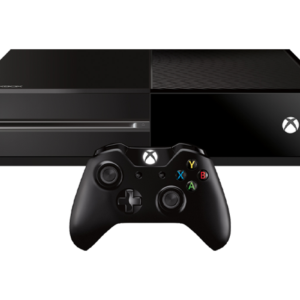
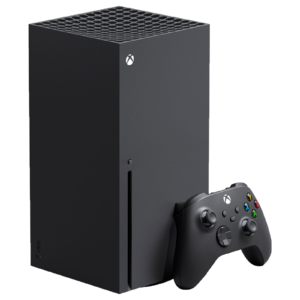

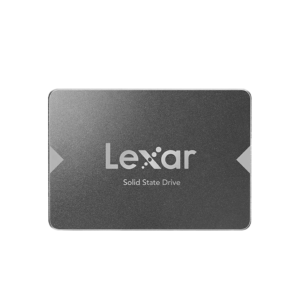

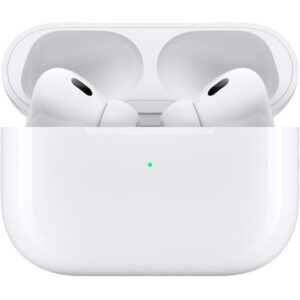
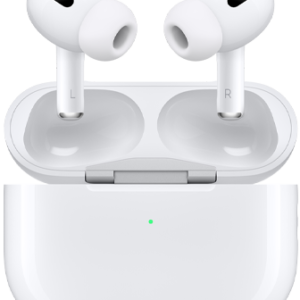


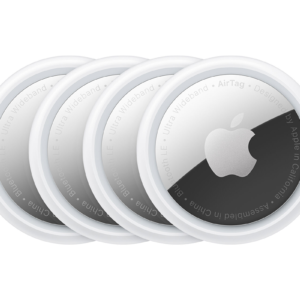
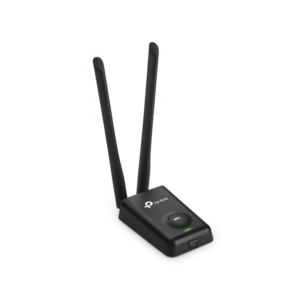
Reviews
There are no reviews yet.